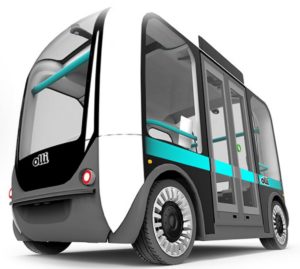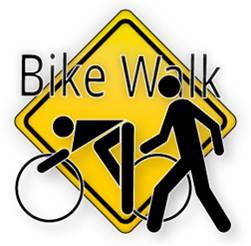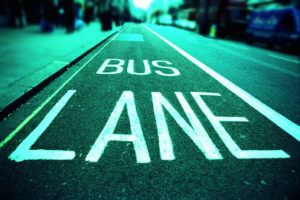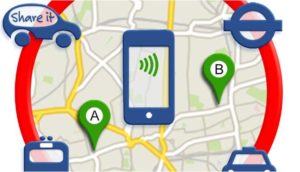MaaSter your life as Mobility-as-a-Service will make you free
True freedom with Mobility-as-a-Service
Mobility-as-a-Service, MaaS, is a shift to consuming transportation as a service rather than using privately owned vehicles. MaaS will give you access to transportation to a desired destination at your fingertips. A service covering all means of transportation. A freedom to get anywhere at any time.
This will change our lives, especially for us living in the city where mobility will be almost instantly available. It will also change the automotive industry as the need for private transportation means will diminish.
Mobility and freedom
When Henry Ford started mass production of affordable transportation for the big masses, it was first and foremost freedom that he delivered to the people. The urbanization has turned the private car from a mobility tool to a liability for the citizens of the city. Parking, congestion and costs burden the urban car owner. Mobility-as-a-Service will set people free in the same way as the car did in the days of Henry Ford. The freedom of having mobility instantly available without having to worry about the car.
Self-driving vehicles – The first and last mile transportation

Self-driving taxis will provide the last mile transportation. The first mile can also be delivered through small autonomous buses such as Olli. Olli is a small bus with space for 10 people with a footprint of a regular private car. Hence a very space effective and flexible transportation solution. Small autonomous buses could move in fixed routes or in semi-fixed routes with on-demand stops and detours.
An additional feature with Olli is that it can be locally produced, basically 3D-printed. The company behind Olli is Local Motors in Brazil. The idea is not to sell buses but production facilities in order to enable local manufacturing for a minimum of environmental impact. Local Motors have designed the business model in order to minimize the impact on environment. See https://localmotors.com/olli/.
Public transport – The backbone of Mobility-as-a-Service
Public transport is or should be the backbone transportation system in any sizeable city. Mobility-as-a-Service rely on an efficient and reliable public transport system. Cities will need to take some hard decisions in order to drive a shift from a private car based transportation system to MaaS based transportation system. This means to reduce space and convenience, as well as increase the cost for private car usage in the urban areas. The public transportation alternatives need to be developed in parallel in order to become better options for commuting.
 Biking and walking – The kings of city transport
Biking and walking – The kings of city transport
Biking and walking are the kings of city transport. They are in-expensive, healthy and social ways of moving in the city. Therefore cities should allocate most of the infrastructure to pedestrians and bicyclists. Transportation Alternatives in New York City says that streets are not for cars, streets are for people. Mobility-as-a-Service has a chance of enabling biking and walking as the need for private car ownership goes away. Therefore MaaS can contribute to a healthier, livelier and more sociable city landscape. MaaS can give the streets back to the people.
Parking management to support modal shift
As long as petrol is in-expensive and parking fees are low in comparison to the societal cost for vehicle commuting, people will continue to use their private cars. Parking management is key to drive shift to other transportation. The city can arrange park and ride facilities outside the city centers and combine them with higher parking fees in the city center.
Traffic management solutions supporting shift
There are several ways traffic management solutions can contribute to the modal shift to public transport and MaaS. A few examples:
- Congestion charging or access control systems. Systems there to reduce the number of vehicles in the city.
- Bus lane compliance systems. Systems there to ensure that bus lanes are available to buses only.
- Bike lane compliance systems. Systems there to ensure that no vehicles use the bike lanes.
The traffic management systems above are based on ANPR (Automatic Number Plate Readers) systems and/or DSRC (Dedicated Short Range Communication) systems.

Summary – Necessary to change behavior
MaaS means great freedom to the individual but it needs political leadership as the shift will not be automatic. It needs to be driven systematically and with assertiveness. It will take some effort to change habits and behaviors. The city will have to consider the public reaction and acceptance when implementing programs towards. There are good examples in Gabe Klein’s book “Start-Up City”. See http://www.gabeklein.com/ MaaS is a key component in Sustainable Cities.

